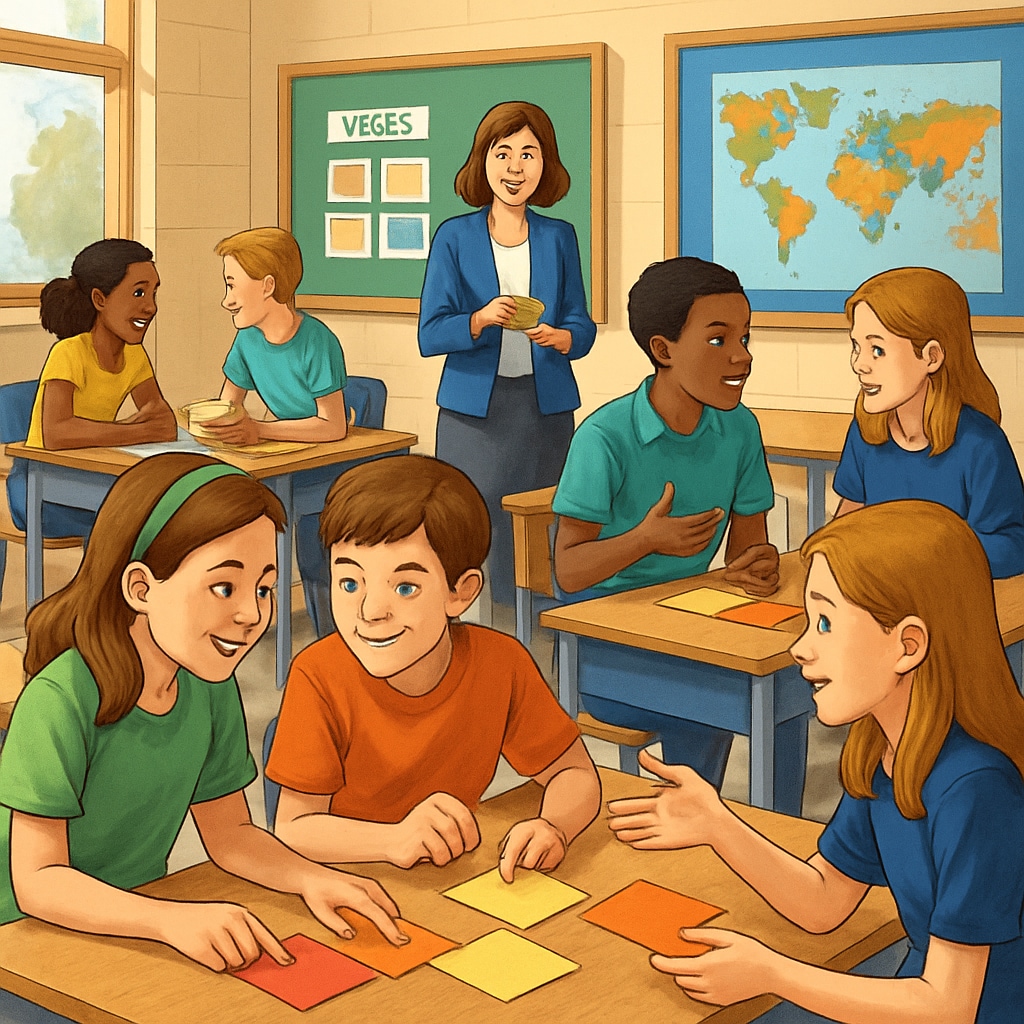Zoom/ReZoom activities, teaching materials, sequence guide are interactive tools that have gained popularity in K-12 education for their ability to promote collaboration and critical thinking. Despite their benefits, many educators face challenges in organizing their sequence effectively. This article provides a comprehensive guide to reconstructing the activity flow, offering actionable strategies to maximize their potential in the classroom.
What Are Zoom and ReZoom Activities?
Zoom and ReZoom are visual storytelling activities based on books by Istvan Banyai. In “Zoom,” participants explore a sequence of images that gradually zoom out, revealing more context with each page. “ReZoom” offers the opposite experience, focusing on a zooming-in perspective. These tools are designed to foster teamwork, communication, and problem-solving skills, making them ideal for group activities in schools.

Challenges in Implementing Zoom/ReZoom Activities
While Zoom and ReZoom are valuable, their implementation often comes with hurdles. Teachers frequently report issues such as:
- Difficulty in arranging the sequence of images correctly.
- Time constraints during classroom sessions.
- Limited understanding of how to facilitate discussions effectively.
These challenges can lead to confusion and reduce the overall impact of the activity. Therefore, having a clear sequence guide is essential.
Step-by-Step Sequence Guide for Effective Implementation
To optimize Zoom/ReZoom activities in your classroom, follow these steps:
- Prepare Materials: Ensure all images are printed or displayed digitally in a randomized order.
- Set Clear Objectives: Explain the purpose of the activity to students, such as improving teamwork or enhancing observation skills.
- Assign Roles: Divide students into small groups and assign roles like “observer,” “communicator,” and “organizer.”
- Facilitate Collaboration: Encourage students to discuss their ideas and come to a consensus on the sequence.
- Review and Reflect: Once the sequence is complete, have a group discussion about the challenges faced and lessons learned.

Practical Tips for Success
In addition to following the sequence guide, consider these tips to enhance the effectiveness of Zoom/ReZoom activities:
- Use Visual Aids: Incorporate charts or diagrams to help students understand the zooming concept.
- Time Management: Allocate specific time slots for each stage of the activity to ensure smooth execution.
- Encourage Reflection: Ask students to write about their experience and what they learned afterward.
- Adapt to Online Learning: If teaching remotely, use virtual collaboration tools like breakout rooms for group discussions.
The Impact of Structured Zoom/ReZoom Activities
When implemented effectively, Zoom and ReZoom activities can transform the classroom experience. They promote critical thinking, enhance communication skills, and encourage a sense of discovery among students. Moreover, structured activities ensure that every student can actively participate, making them a valuable addition to any educator’s toolkit.
By following the sequence guide and practical tips provided in this article, teachers can overcome common challenges and unlock the full potential of Zoom and ReZoom activities. These tools are not just educational—they are a pathway to more engaging and dynamic classrooms.
Readability guidance: Use short paragraphs, clear headings, and lists to summarize key points. Minimize passive voice and keep sentences concise. Distribute transition words evenly throughout the text.


